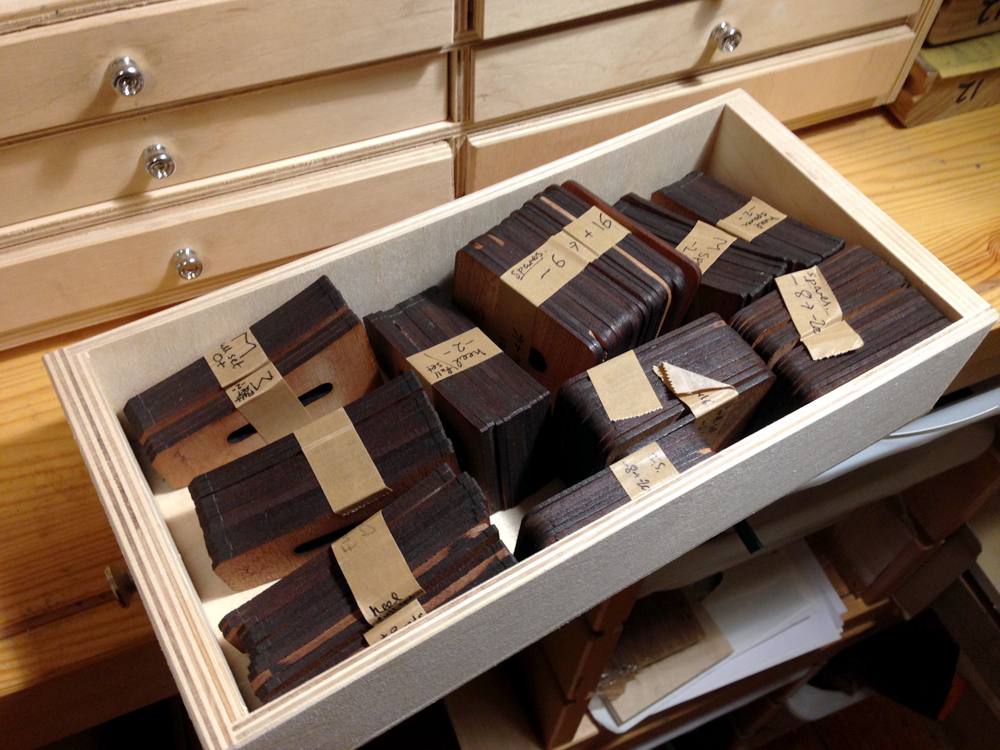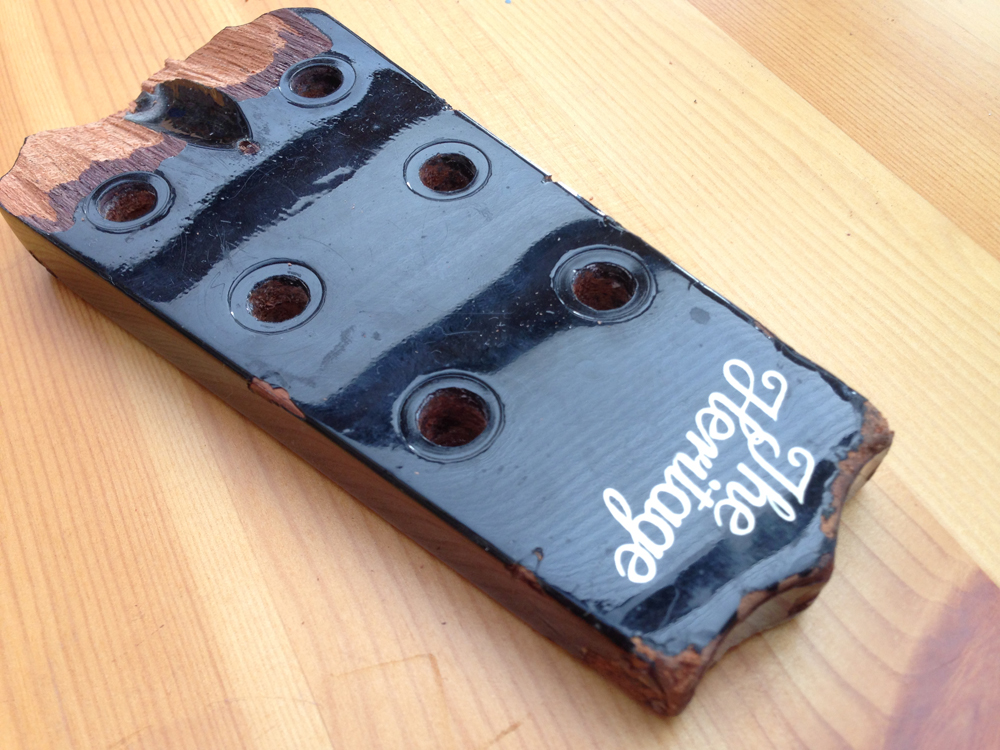1960’s Gretsch Chet Atkins Repair
It went from being the worst example of this guitar I’ve seen to being the best playing Gretsch I’ve come accross.The laminated neck was seperating in places due to poor storage conditions and poor wood choice at the manufacturing stage. The rod was no longer functional and the neck-extension had swelled and was lifting up at the body.
Here’s what was done:
Neck removal; the following parts removed,
dowel and screw, neck, frets, nut, fingerboard and binding, neck-extension, red side-dot position markers, fingerboard inlays
Neck Rebuild involved:
new maple sections at headstock and heel; new maple neck extension, new s.s. truss rod installed; new rosewood fingerboard cut with cnc for exact match; re-fret with vintage style fretwire; original inlays individually traced and pocketed; new binding installed with original red position markers; back of headstock / heel re-shaped to original profile; headstock face crack repaired; new bone-nut fitted; neck sealed and refinished
Neck reset:
old shims replaced with new mahogany; neck properly aligned; neck extension fitted to body and glued; new ebony dowel fitted; 5 clear coats of lacquer
Set-up:
brass bridge filed to correct radius and intonated; pots cleaned
Taylor Neck Reset
Before I was asked to join Taylor’s repair team, I made this video on resetting their NT neck neck joint. Removing the neck was straight-forward due to the bolt-on system. The challenging part was working out the angles to re-align the neck with the body. On this occasion I used a cnc machine to cut the shims accurately. There was no trial-and-error involved. I decided what I wanted the new action to be and calculated the necessary change in angle to achieve this.
I now have access to all Taylor’s shims. They are graded so it’s easier to work out the correct angle now.

Repair / modification to a modern Hofner Jazzica archtop guitar.
There are a number of reasons to refret a guitar. The obvious one is fret wear – when the soft brass frets are worn down by the harder steel strings over time, causing divots and buzzing.
Another common reason is a badly distorted fingerboard where the wood settles in an undesirable way some time after it has left the factory (this is common when production is rushed).
In the case of the Jazzica in the video, the uneven curviture of the fingerboard resulted in the fret sticking out and catching the players hands. Once frets are removed, the fingerboard is planed to a defined radius and a new wooden bridge (with true compensation profile) is created.
Headstock breaks
They are very common and are usually repairable. Click here to see some examples.

